Large-scale animal model study uncovers altered brain pH and lactate levels as a transdiagnostic endophenotype of neuropsychiatric disorders involving cognitive impairment
- PMID: 38529532
- PMCID: PMC10965225
- DOI: 10.7554/eLife.89376
Large-scale animal model study uncovers altered brain pH and lactate levels as a transdiagnostic endophenotype of neuropsychiatric disorders involving cognitive impairment
Abstract
Increased levels of lactate, an end-product of glycolysis, have been proposed as a potential surrogate marker for metabolic changes during neuronal excitation. These changes in lactate levels can result in decreased brain pH, which has been implicated in patients with various neuropsychiatric disorders. We previously demonstrated that such alterations are commonly observed in five mouse models of schizophrenia, bipolar disorder, and autism, suggesting a shared endophenotype among these disorders rather than mere artifacts due to medications or agonal state. However, there is still limited research on this phenomenon in animal models, leaving its generality across other disease animal models uncertain. Moreover, the association between changes in brain lactate levels and specific behavioral abnormalities remains unclear. To address these gaps, the International Brain pH Project Consortium investigated brain pH and lactate levels in 109 strains/conditions of 2294 animals with genetic and other experimental manipulations relevant to neuropsychiatric disorders. Systematic analysis revealed that decreased brain pH and increased lactate levels were common features observed in multiple models of depression, epilepsy, Alzheimer's disease, and some additional schizophrenia models. While certain autism models also exhibited decreased pH and increased lactate levels, others showed the opposite pattern, potentially reflecting subpopulations within the autism spectrum. Furthermore, utilizing large-scale behavioral test battery, a multivariate cross-validated prediction analysis demonstrated that poor working memory performance was predominantly associated with increased brain lactate levels. Importantly, this association was confirmed in an independent cohort of animal models. Collectively, these findings suggest that altered brain pH and lactate levels, which could be attributed to dysregulated excitation/inhibition balance, may serve as transdiagnostic endophenotypes of debilitating neuropsychiatric disorders characterized by cognitive impairment, irrespective of their beneficial or detrimental nature.
Keywords: animal models; brain pH; chicken; lactate; metabolism; mouse; neuropsychiatric disorders; neuroscience; rat; working memory.
Conflict of interest statement
HH, HS, SH, GS, YT, MT, MI, MS, IH, KH, MH, AN, YM, SO, MM, AU, YK, AM, KN, SK, TS, TI, HN, YG, MR, TT, KY, NT, HK, JI, IN, TK, TT, MD, HN, KT, KS, KN, TT, HF, YS, KY, LR, NH, HM, TY, SW, TA, KT, TN, HK, FH, AH, HH, KT, TT, TK, TK, IG, GC, NA, HH, SK, TK, MH, YH, RM, KO, AH, LB, IY, YH, HK, YM, KI, HK, BK, HO, YY, AT, NK, SG, MI, MN, KM, EO, IO, TS, KY, HA, KT, KI, TS, AK, MF, NU, TK, TT, YY, MI, TH, KI, KN, SH, KE, KH, YT, SN, NS, TY, NU, TY, YK, RO, NS, KS, SH, KO, HM, TF, MT, HS, DS, YI, TI, YK, TY, KS, TM No competing interests declared, SY, NN Employee of Takeda Pharmaceutical Company, Ltd
Figures
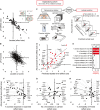
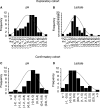

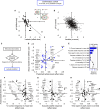


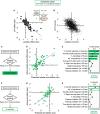
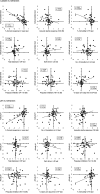
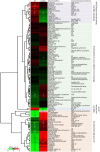
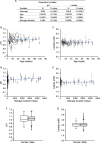
Update of
- doi: 10.1101/2021.02.02.428362
- doi: 10.7554/eLife.89376.1
- doi: 10.7554/eLife.89376.2
References
-
- Akter M, Ma H, Hasan M, Karim A, Zhu X, Zhang L, Li Y. Exogenous L-lactate administration in rat hippocampus increases expression of key regulators of mitochondrial biogenesis and antioxidant defense. Frontiers in Molecular Neuroscience. 2023;16:1117146. doi: 10.3389/fnmol.2023.1117146. - DOI - PMC - PubMed
MeSH terms
Substances
Grants and funding
LinkOut - more resources
Full Text Sources

